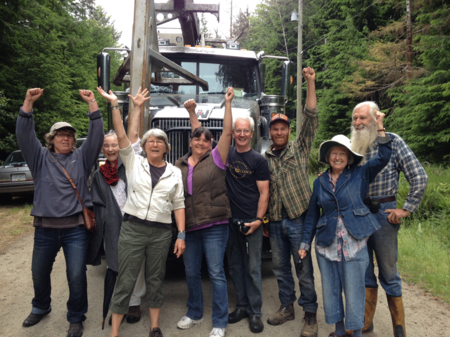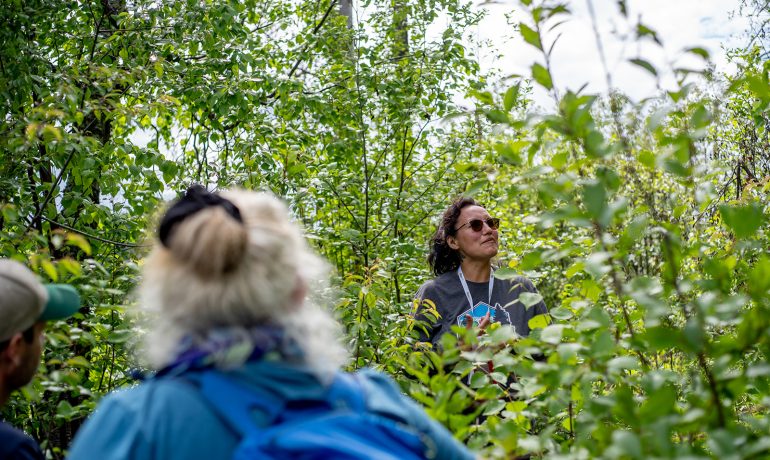Link to the 2015 Indicators Report
The report summarizes the results of the second annual survey of community forests in the province. Thirty-one community forests participated in the survey, providing data from their last reporting year. This sample represents 84% of the operating community forests in the BCCFA. For the most part, these are small rural communities with an average population of 3,300. Thirty-two percent of respondents represent communities of fewer than 1,000 people. The community forest organizations operate relatively small forest tenures, with an average Allowable Annual Cut (AAC) of 30,400 cubic meters.
The survey results show that on average, community forests are creating 50% more jobs per cubic metre than the industry average in their forestry operations. They operate in sensitive areas, and are meeting their cut control while reliably supplying logs to both major processing facilities and small manufacturers. They average contributions of over $ 2.2 million a year to the economy and make donations of over $258,000 cash and in-kind to local projects.
The BCCFA’s vision is a network of diverse community forest initiatives, where local people practice ecologically responsible forest management in perpetuity, fostering and supporting healthy and vibrant rural communities and economies. This vision requires long-range thinking, and sound investments in the land base. Survey respondents collectively invested $1.6 million in intensive silviculture in the reporting year, with 54% percent of that investment coming from the community forests’ own funds. Investments in forest stewardship, incremental to legal requirements, were made by 48% of survey respondents, averaging a $105,000 investment and treating 2,100 ha each.
Recreation is another key benefit of community forestry. On average they invested $69,000 in local recreation and built or maintained 25 km of trail. In total, respondents built or maintained 370 km of trail in the reporting period.
The report contains many stories and examples from the participating community forests. While the data collected through the survey demonstrates the tangible benefits that community forests are generating, equally important are the stories of individual community forests and the unique contributions they make. The examples woven throughout the report give insight to the innovation being applied by community forests and to the significant contributions they make to their communities.
Related Post
As Published in Canadian Forest Industries Magazine, Pulp & Paper Magazine and Canadian Biomass Magazine
Jennifer Gunter’s Op Ed, “Community Forests: Rooted in Community,
Minister of Forests Mandated to Expand BC’s Community Forest Program
In the recently released mandate letter to the Minister



